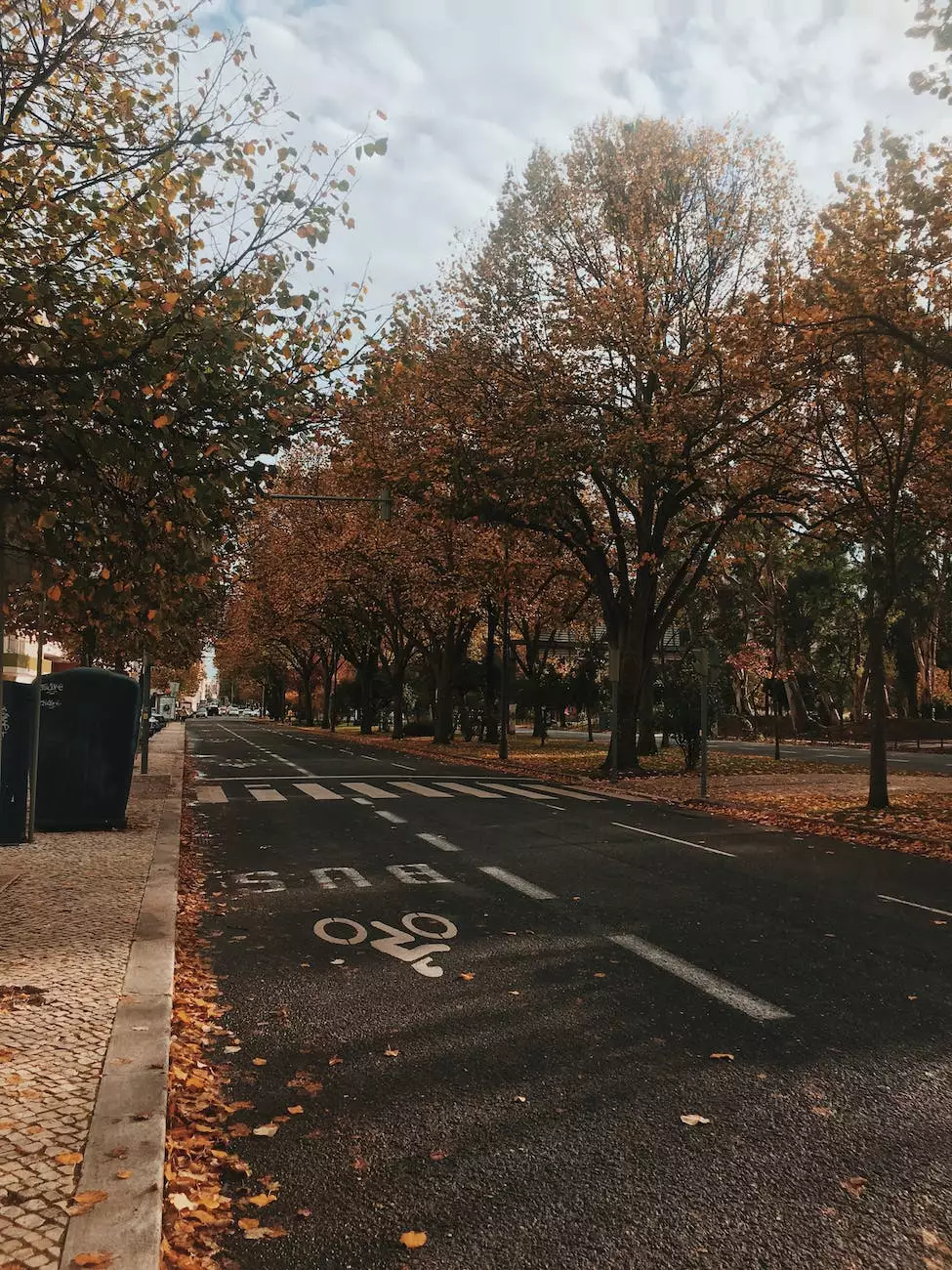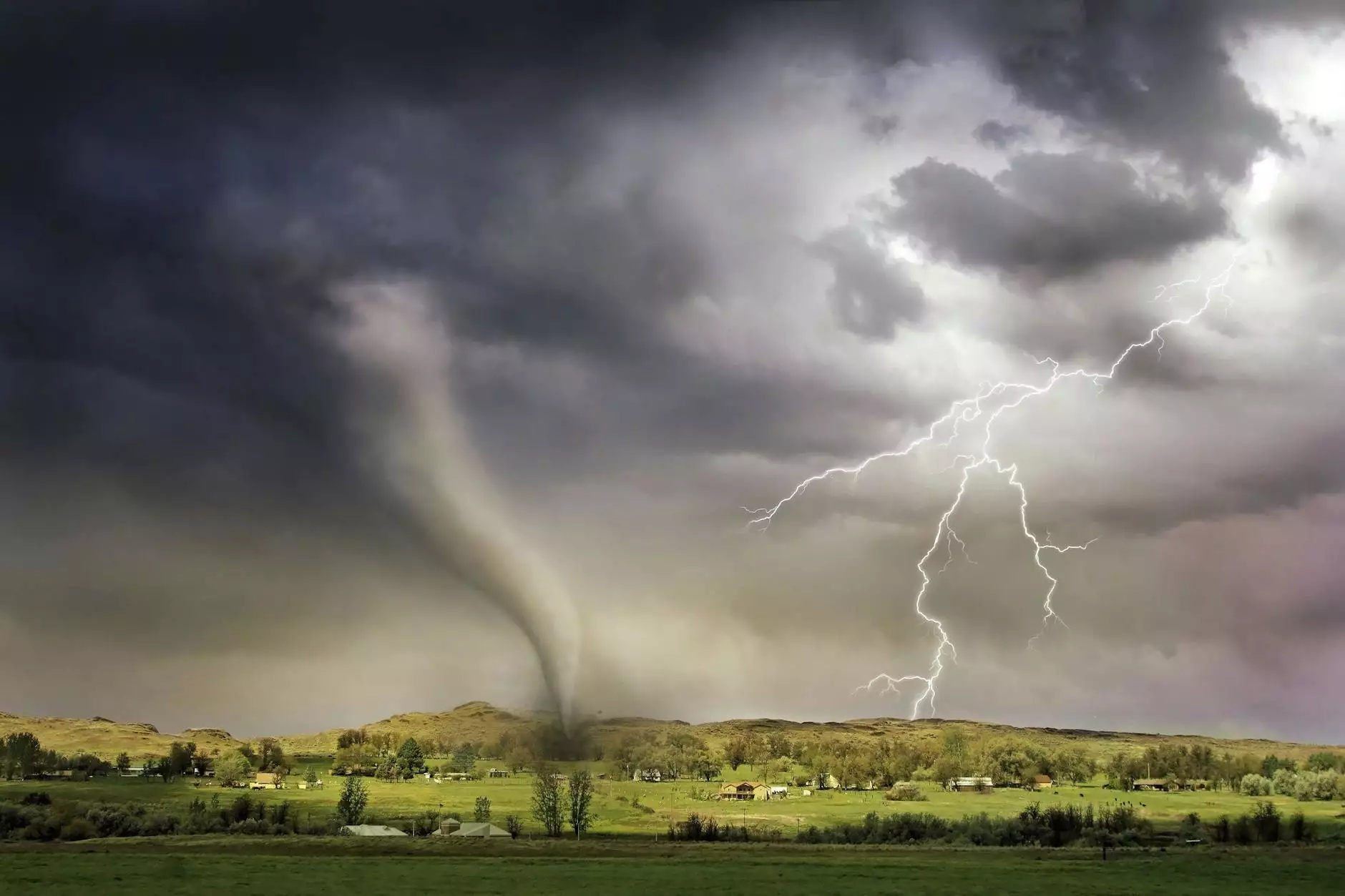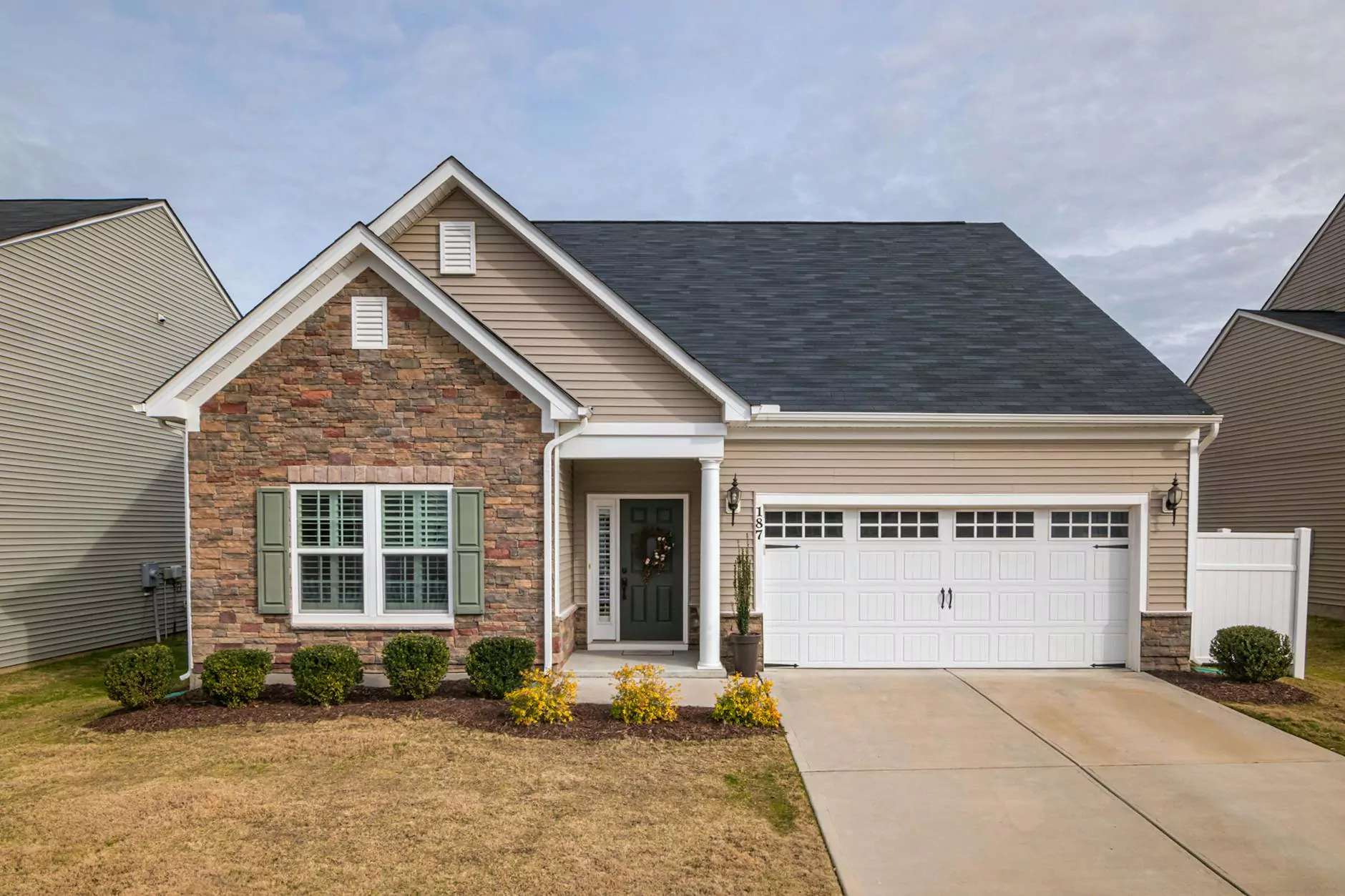Tornado Alley vs. Dixie Alley: A Comparison
Blog
The Unique Characteristics of Tornado Alley
Tornado Alley, a term commonly used to describe a region spanning across the central United States, is infamous for its high tornado activity. This region predominantly includes states such as Texas, Oklahoma, and Kansas. The unique geographical features and atmospheric conditions make it an ideal breeding ground for tornado development.
One of the primary factors contributing to the prevalence of tornadoes in Tornado Alley is the convergence of cold, dry air from Canada with warm, moist air from the Gulf of Mexico. This clash of air masses creates an unstable environment, perfect for the formation of severe thunderstorms and tornadoes.
The Geography of Tornado Alley
Tornado Alley encompasses vast plains with relatively few natural geographic barriers. This allows storms to travel long distances, often maintaining intensity. The flat terrain creates unobstructed pathways for severe weather systems to form and sustain themselves, leading to a higher frequency of tornadoes.
Risky Periods and Tornado Warnings
In Tornado Alley, the peak tornado season typically occurs during late spring and early summer. This is when warm, moist air masses frequently clash with powerful cold fronts, leading to the formation of supercell thunderstorms capable of producing tornadoes. Meteorologists utilize various tools such as Doppler radar and storm spotters to issue timely tornado warnings, helping communities prepare and seek shelter.
The Intricacies of Dixie Alley
Dixie Alley, often referred to as the part of the southern United States prone to tornado outbreaks, includes states like Alabama, Mississippi, and Tennessee. While Dixie Alley is not as famous as Tornado Alley, it experiences its fair share of devastating tornadoes. Understanding its unique characteristics is vital for residents in this region.
The Influence of Topography
Dixie Alley's topography plays a role in tornado formation and sustenance. The presence of hills, valleys, and mountains can disrupt wind patterns and channelize airflow in complex ways. These intricate interactions between terrain and weather systems can enhance or suppress tornado development, making the forecasting and tracking of tornadoes in Dixie Alley more challenging.
Seasonal Variations and Weather Patterns
The tornado season in Dixie Alley is generally more prolonged, extending from late fall to early spring. During this time, intense clashes between warm, moist air from the Gulf of Mexico and cold air masses from the north create a favorable environment for tornado formation. The region's vulnerability to severe thunderstorms and tornadoes during winter months sets it apart from Tornado Alley.
Tornado Alley vs. Dixie Alley: A Risk Comparison
While both Tornado Alley and Dixie Alley are tornado-prone regions, several key differences exist regarding the risks associated with each.
Tornado Frequency and Intensity
Tornado Alley, with its frequent tornado activity, has a higher absolute number of tornadoes compared to Dixie Alley. Tornadoes in Tornado Alley often develop in open spaces and have the potential to travel long distances, causing substantial damage. On the other hand, Dixie Alley experiences fewer tornadoes but is susceptible to the occurrence of powerful, long-track tornadoes capable of causing significant destruction.
Vulnerability of Infrastructure
Infrastructure vulnerability is a crucial consideration when comparing the two regions. Tornado Alley, with its vast plains and lower population density, may have fewer densely populated areas at risk. In contrast, Dixie Alley has a higher population density, and tornadoes can pose greater risks to urban centers and critical infrastructure.
Demographic Factors and Preparedness
Understanding the demographics of the regions is essential in assessing the preparedness for tornado events. Tornado Alley has experienced tornadoes for an extended period, increasing the level of awareness and preparedness among its residents. In contrast, Dixie Alley, being a relatively newer tornado-prone region, may have a population less experienced with tornado safety procedures and emergency response.
Conclusion
Tornado Alley and Dixie Alley are two distinct regions of the United States known for their tornado activity. Tornado Alley, with its unique atmospheric conditions and geographical features, presents a higher frequency of tornadoes. Dixie Alley, with its intricate topography and prolonged tornado season, experiences fewer tornadoes but is prone to significant outbreaks.
By understanding the characteristics and risks associated with each region, individuals and communities can better prepare, mitigate risks, and stay safe during tornado events. Stay informed, follow weather forecasts, and have an emergency plan in place, regardless of whether you reside in Tornado Alley or Dixie Alley.










